Thông Số Kỹ Thuật Switch Cisco SF300-48PP-K9-EU
| Performance | |
| Capacity in Millions of Packets per Second (mpps) (64-byte packets) | 13.1 |
| Switching Capacity in Gigabits per Second (Gbps) | 17.6 |
| Layer 2 Switching | |
| Spanning Tree Protocol (STP) | Standard 802.1d Spanning Tree support Fast convergence using 802.1w (Rapid Spanning Tree [RSTP]), enabled by default 8 instances are supported Multiple Spanning Tree instances using 802.1s (MSTP) |
| Port grouping | Support for IEEE 802.3ad Link Aggregation Control Protocol (LACP) + Up to 8 groups + Up to 8 ports per group with 16 candidate ports for each (dynamic) 802.3ad link aggregation |
| VLAN | Support for up to 4096 VLANs simultaneously Port-based and 802.1Q tag-based VLANs MAC-based VLAN Management VLAN Private VLAN Edge (PVE), also known as protected ports, with multiple uplinks Guest VLAN Unauthenticated VLAN Dynamic VLAN assignment via Radius server along with 802.1x client authentication CPE VLAN |
| Voice VLAN | Voice traffic is automatically assigned to a voice-specific VLAN and treated with appropriate levels of QoS. Auto voice capabilities deliver network-wide zero touch deployment of voice endpoints and call control devices. |
| Multicast TV VLAN | Multicast TV VLAN allows the single multicast VLAN to be shared in the network while subscribers remain in separate VLANs (Also known as MVR) |
| Q-in-Q VLAN | VLANs transparently cross a service provider network while isolating traffic among customers |
| Jumbo Frames | Up to 9K (9216) bytes |
| Layer 3 | |
| IPv4 routing | Wirespeed routing of IPv4 packets Up to 512 static routes and up to 128 IP interfaces |
| Classless Inter-Domain Routing(CIDR) | Support for CIDR |
| Layer 3 Interface | Configuration of layer 3 interface on physical port, LAG, VLAN interface or Loopback interface |
| DHCP relay at Layer 3 | Relay of DHCP traffic across IP domains |
| User Datagram Protocol (UDP) relay | Relay of broadcast information across Layer 3 domains for application discovery or relaying of BootP/DHCP packets |
| DHCP Server | Switch functions as an IPv4 DHCP Server serving IP addresses for multiple DHCP pools/scopes Support for DHCP options |
| Security | |
| Secure Shell (SSH) Protocol | SSH is a secure replacement for Telnet traffic. SCP also uses SSH. SSH v1 and v2 are supported |
| Secure Sockets Layer (SSL) | SSL support: Encrypts all HTTPS traffic, allowing highly secure access to the browser-based management GUI in the switch |
| IEEE 802.1X (Authenticator role) | 802.1X: RADIUS authentication and accounting, MD5 hash; guest VLAN; unauthenticated VLAN, single/multiple host mode and single/multiple sessions Supports time-based 802.1X Dynamic VLAN assignment |
| Web Based Authentication | Web based authentication provides network admission control through web browser to any host devices and operating systems. |
| STP Bridge Protocol Data Unit (BPDU) Guard | A security mechanism to protect the network from invalid configurations. A port enabled for BPDU Guard is shut down if a BPDU message is received on that port. |
| STP Root Guard | This prevents edge devices not in the network administrator’s control from becoming Spanning Tree Protocol root nodes. |
| DHCP snooping | Filters out DHCP messages with unregistered IP addresses and/or from unexpected or untrusted interfaces. This prevents rogue devices from behaving as a DHCP Server. |
| Quality of Service | |
| Priority levels | 4 hardware queues |
| Scheduling | Strict priority and weighted round-robin (WRR) Queue assignment based on DSCP and class of service (802.1p/CoS) |
| Class of service | Port based; 802.1p VLAN priority based; IPv4/v6 IP precedence/type of service (ToS)/DSCP based; Differentiated Services (DiffServ); classification and re-marking ACLs, trusted QoS. |
| Rate limiting | Ingress policer; egress shaping and rate control; per VLAN, per port, and flow based. |
| Congestion avoidance | A TCP congestion avoidance algorithm is required to minimize and prevent global TCP loss synchronization. |
| IPv6 | |
| IPv6 | IPv6 host mode IPv6 over Ethernet Dual IPv6/IPv4 stack IPv6 neighbor and router discovery (ND) IPv6 stateless address auto-configuration Path maximum transmission unit (MTU) discovery Duplicate address detection (DAD) ICMP version 6 IPv6 over IPv4 network with Intra-Site Automatic Tunnel Addressing Protocol (ISATAP) support USGv6 and IPv6 Gold Logo certified |
| IPv6 QoS | Prioritize IPv6 packets in hardware |
| IPv6 ACL | Drop or rate limit IPv6 packets in hardware |
| IPv6 First Hop Security | RA guard ND inspection DHCPv6 guard Neighbor binding table (Snooping and static entries) Neighbor binding integrity check |
| Multicast Listener Discovery (MLD v1/2) snooping | Deliver IPv6 multicast packets only to the required receivers |
| IPv6 applications | Web/SSL, Telnet server/SSH, ping, traceroute, Simple Network Time Protocol (SNTP), Trivial File Transfer Protocol (TFTP), SNMP, RADIUS, syslog, DNS client, Telnet Client, DHCP Client, DHCP Autoconfig, IPv6 DHCP Relay, TACACS |
| Power Efficiency | |
| EEE Compliant (802.3az) | Supports 802.3az on all copper ports (SG300 models) |
| Energy Detect | Automatically turns off power off on Gigabit Ethernet and 10/100 RJ-45 port when detecting link down Active mode is resumed without loss of any packets when the switch detects the link up |
| Cable length detection | Adjusts the signal strength based on the cable length for Gigabit Ethernet models. Reduces the power consumption for cables shorter than 10m. |
| Disable port LEDs | LEDs can be manually turned off to save on Energy |
| General | |
| Jumbo frames | Frame sizes up to 9K (9216) bytes supported on 10/100 and Gigabit interfaces |
| MAC table | Up to 16K (16384) MAC addresses |
| Discovery | |
| Bonjour | The switch advertises itself using the Bonjour protocol. |
| Link Layer Discovery Protocol (LLDP) (802.1ab) with LLDP-MED extensions | LLDP allows the switch to advertise its identification, configuration, and capabilities to neighboring devices that store the data in a MIB. LLDP-MED is an enhancement to LLDP that adds the extensions needed for IP phones. |
| Cisco Discovery Protocol (CDP) | The switch advertises itself using the Cisco Discovery Protocol. It also learns the connected device and its characteristics via CDP. |
| Power over Ethernet (PoE) | |
| Power Dedicated to PoE | 375W (PoE+ supported) |
| Number of Ports That Support PoE | 48 |
| Power consumption | |
| Power Savings Mode | Energy Detect |
| System Power Consumption | 110V=47.7W 220V=48.2W |
| Power Consumption: Case (with PoE) | 110V=421.36W 220V=412.43W |
| Heat Dissipation Worst Case (BTU/hr) | 1407.23 |
| Buttons | Reset button |
| Cabling type | Unshielded twisted pair (UTP) Category 5 or better for 10BASE-T/100BASE-TX; UTP Category 5 Ethernet or better for 1000BASE-T |
| LEDs | System, Link/Act, PoE, Speed, LED power saving option |
| Flash | 16 MB |
| CPU memory | 128 MB |
| Packet buffer | 8 Mb*2 |
| Environmental | |
| Dimensions (W x H x D) | 17.3 x 1.45 x 13.78 in. (440 x 44.45 x 350 mm) |
| Unit weight | 11.99 lb (5.44 kg) |
| Power | 100-240V 50-60 Hz, internal, universal |
| Storage temperature | -4°to 158°F (-20°to 70°C) |
| Operating humidity | 10% to 90%, relative, noncondensing |
| Storage humidity | 10% to 90%, relative, noncondensing |
| Acoustic Noise and MTBF | |
| FAN (Number) | 4 pcs w/Fan speed control |
| Acoustic Noise | 43.5 dB at 30°C 54.1 dB at 40°C |
| MTBF @40°C (hr) | 113,692 (at 50°C) |

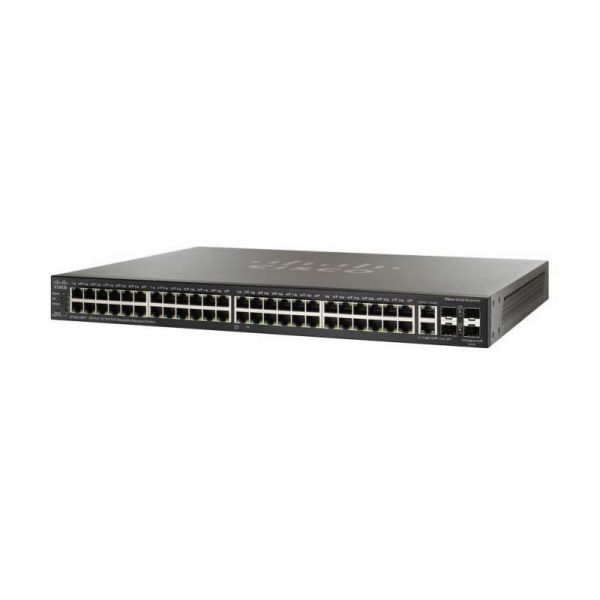

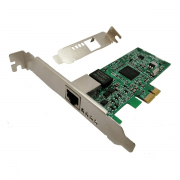
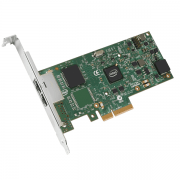

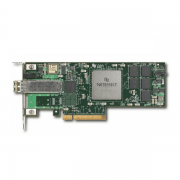
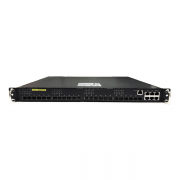
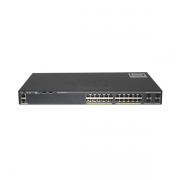
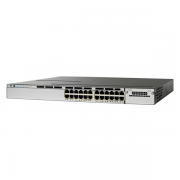
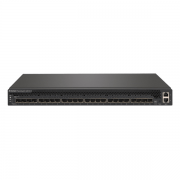
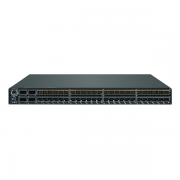
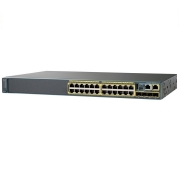

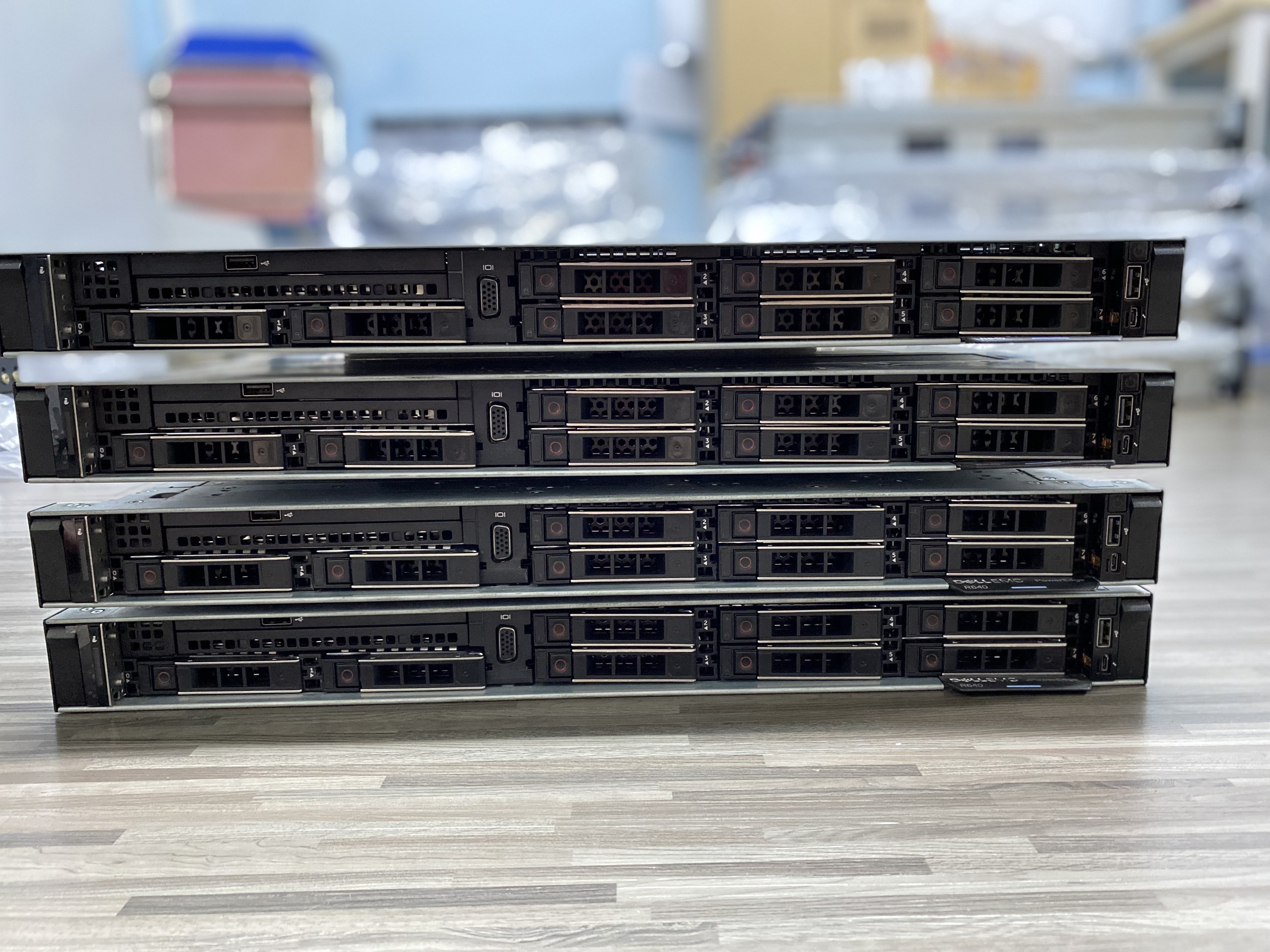
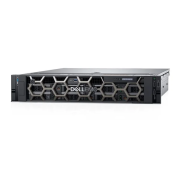
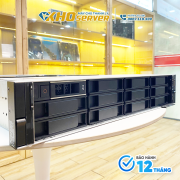


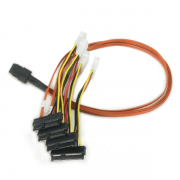
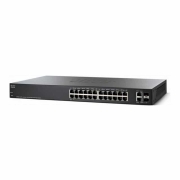
Đánh giá